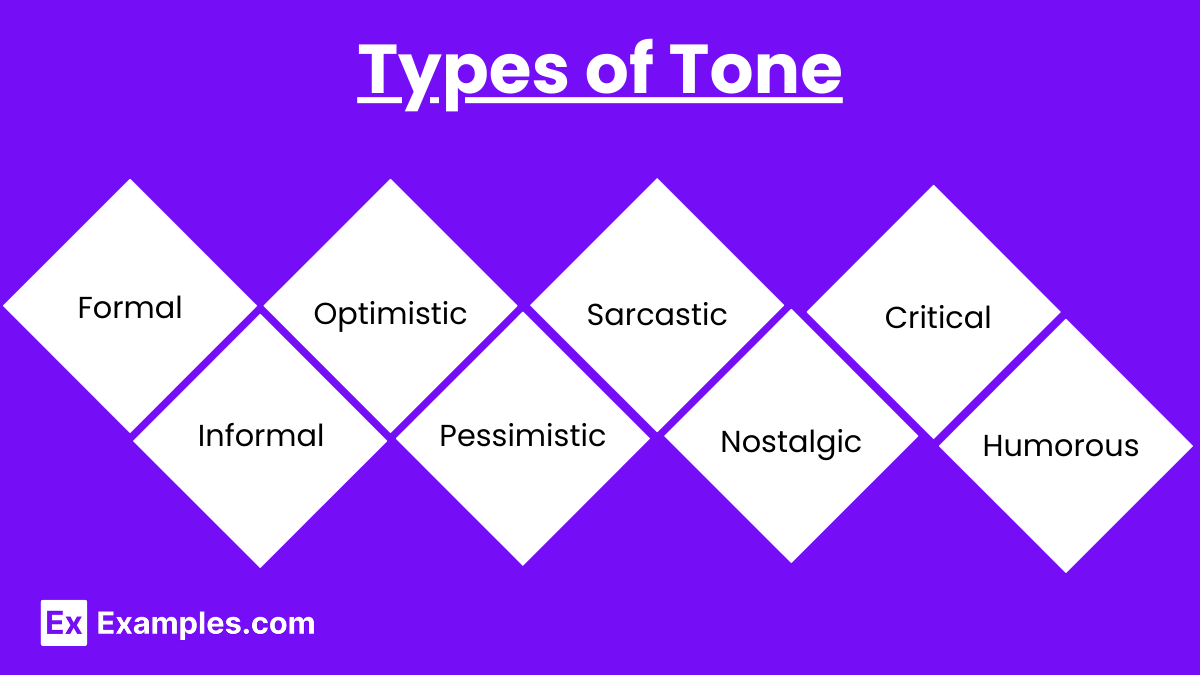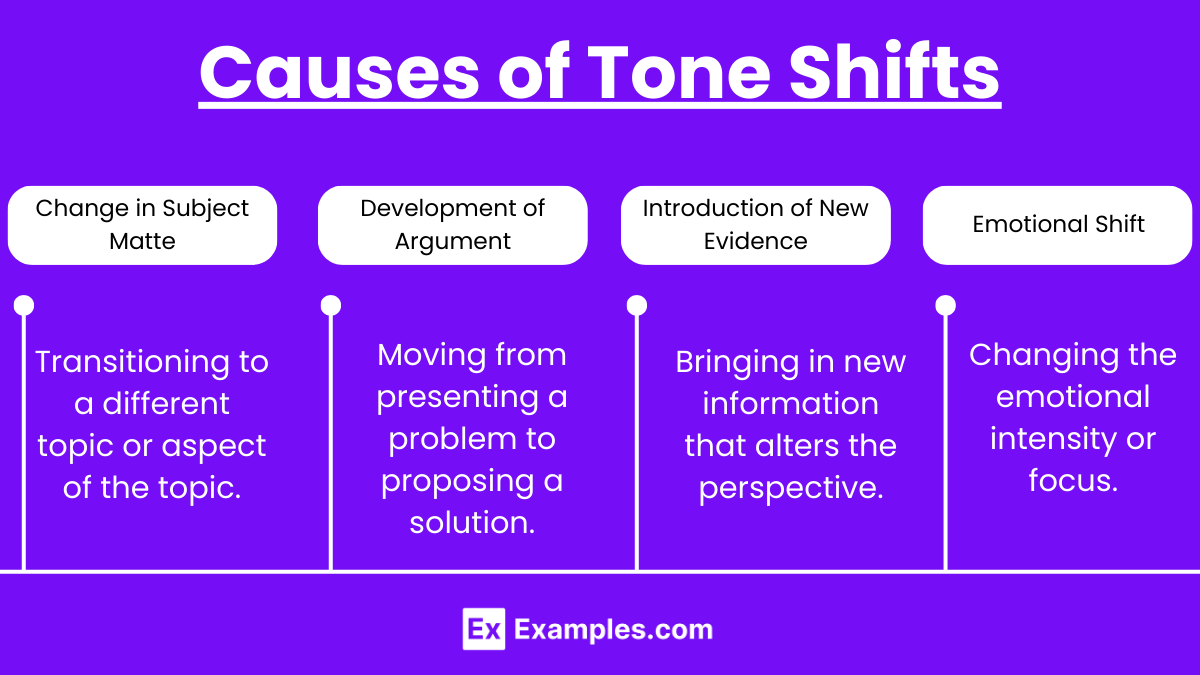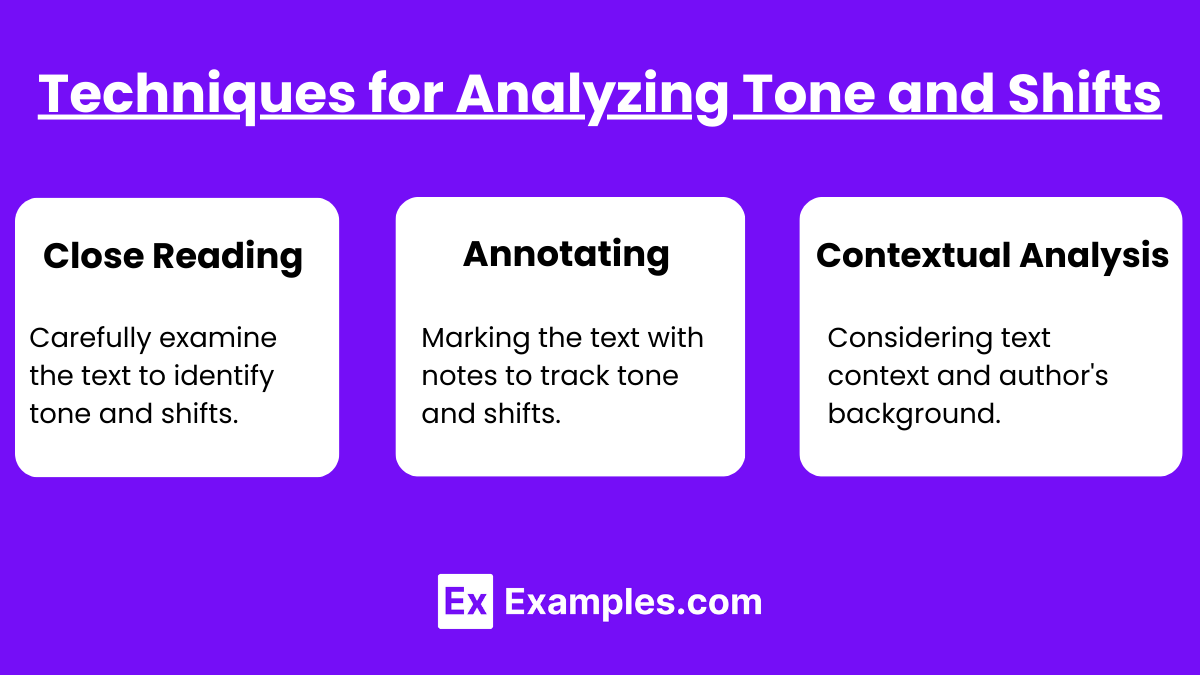In the AP English Language and Composition exam, mastering the analysis of tone and shifts is crucial for interpreting and understanding texts deeply. Tone reveals the author's attitude, while shifts in tone indicate changes in perspective or emphasis. Recognizing these elements enhances your ability to craft insightful argumentative writing and argumentative speeches. By employing rhetorical sentences and cumulative sentences, you can effectively convey the nuances of the text's tone and its shifts, thereby strengthening your arguments and enriching your analysis. This skill not only improves the clarity and persuasiveness of your writing but also demonstrates your critical thinking and analytical prowess.
Free AP English Language and Composition Practice Test
Learning Objectives
By studying the topic of analyzing tone and shifts, students will achieve several key learning objectives. They will enhance their critical thinking skills by identifying and interpreting tone and shifts within texts. Students will learn to use cumulative sentences and rhetorical sentences to effectively convey their analysis in explanatory essays and expository essays. They will develop the ability to craft a strong final thesis statement that reflects a deep understanding of the text's tone and shifts. Mastery of these techniques will enable students to produce well-structured, insightful, and persuasive essays.
Understanding Tone
Definition
Tone refers to the author's attitude toward the subject, audience, or both. It is conveyed through word choice, sentence structure, and stylistic elements.
Types of Tone

Formal: Serious, professional, and objective.
Informal: Casual, conversational, and subjective.
Optimistic: Hopeful and positive.
Pessimistic: Doubtful and negative.
Sarcastic: Mocking or ironic.
Nostalgic: Reflective and longing for the past.
Critical: Evaluative and judgmental.
Humorous: Light-hearted and amusing.
Identifying Tone
Word Choice (Diction): Analyze the connotations and emotional impact of words.
Sentence Structure: Consider the complexity, length, and punctuation of sentences.
Imagery and Figurative Language: Look for metaphors, similes, and other literary devices that reveal the tone.
Understanding Shifts in Tone
Definition
A shift in tone occurs when the author changes their attitude or approach within the text. This can happen gradually or suddenly and can significantly affect the reader's interpretation.
Causes of Tone Shifts

Change in Subject Matter: Transitioning to a different topic or aspect of the topic.
Development of Argument: Moving from presenting a problem to proposing a solution.
Introduction of New Evidence: Bringing in new information that alters the perspective.
Emotional Shift: Changing the emotional intensity or focus.
Identifying Tone Shifts
Transitional Words and Phrases: Words like "however," "but," "therefore," and "on the other hand" often signal a shift.
Paragraph Breaks: New paragraphs can indicate a shift in focus or tone.
Change in Diction: A noticeable change in word choice can signal a shift.
Altered Sentence Structure: A change in sentence length or complexity can indicate a shift.
Techniques for Analyzing Tone and Shifts

Close Reading
Definition: Carefully examine the text to identify tone and shifts.
Technique: Highlight or underline words and phrases that indicate tone and note any transitions.
Annotating
Definition: Marking the text with notes to track tone and shifts.
Technique: Write comments in the margins about tone and how it changes throughout the text.
Contextual Analysis
Definition: Considering the context in which the text was written and the author's background.
Technique: Relate the tone to the historical, cultural, and biographical context.
Examples
Example 1: Analyzing Tone
Text: "The politician's promises were nothing but empty rhetoric, designed to placate the masses." Tone: Critical Analysis: The word "empty" and the phrase "designed to placate" convey a dismissive and judgmental attitude.
Example 2: Identifying a Tone Shift
Text: "The town was once vibrant and bustling with life. However, after the factory closed, it became a ghost town." Tone Shift: From nostalgic to somber Analysis: The nostalgic tone in the first sentence shifts to a somber tone in the second sentence, indicated by the word "however" and the phrase "became a ghost town."


